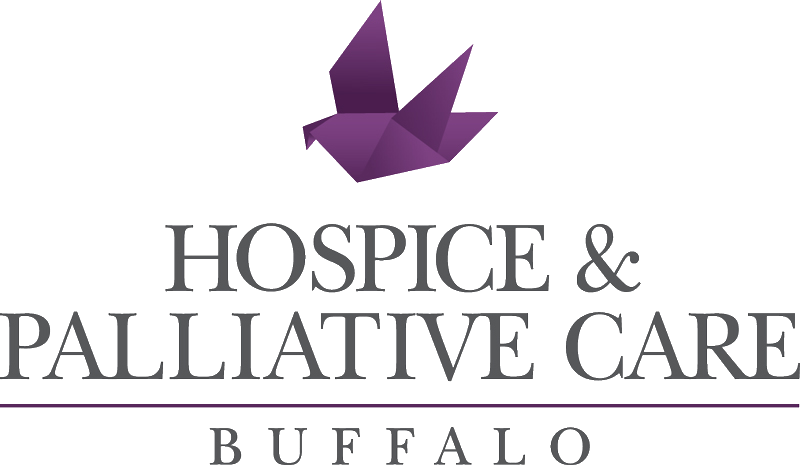The Dreams that Help to Face Death with Sweetness
Gazeta Do Povo
Christopher Kerr was a young physician who had completed his residency when he responded to an advertisement for a hospice in Buffalo, a US city on the border with his native Canada. Hospices are health institutions dedicated to offering palliative care to disillusioned patients, those to whom doctors address “the worst words anyone can say to someone who is suffering: ‘there is nothing else we can do’”. Because there was, and a lot: ensuring that these patients made their final journey with dignity. And Kerr soon learned that this dignity not only included the utmost commitment to care to eliminate pain and provide quality of life for patients, but also to allow the most essential needs of those on the verge of death to be met.
Kerr found that the vast majority of his patients had dreams or visions – and we use these words for lack of a better term to describe such experiences – that brought comfort to terminally ill patients. Faced with the incredulity of his peers, a reflection of the scientistic mentality that only accepts as true what can be touched or measured, Kerr embarked on a rigorous research effort, in accordance with all the protocols and formalities characteristic of the academic world. Unlike previous studies, which were based on reports from third parties (caregivers or family members), he heard the patients directly, including filming their testimonies. And unlike other authors who used such experiences as a means to validate their prior convictions – Freudians, Jungians, parapsychologists, religious people – Kerr just wanted experiences to be recognized and respected for what they are. The result is in Death is but a dream – Finding hope and meaning at life’s end, released in 2020.
The book has a flavor equal to the works of Oliver Sacks (and I say this as a compliment, as I am a fan of the neurologist who died in 2015), mixing real reports with the author's explanations and reflections. Kerr explains, for example, how end-of-life experiences have nothing to do with ordinary dreams, and are also different from hallucinations (caused or not by medication) or situations produced by mental states such as dementia. "End-of-life dreams and visions help meet each patient's unique needs, whether it's to feel forgiven, loved, or at peace," he defines. Loved ones – deceased or not – are found; past traumas are overcome and even rewritten, from the loss of a limb to a childhood in poverty and the carnage of D-Day; couples who lived together for many decades before one of the spouses died are reunited in the best time of their lives, and children see their pets. Kerr describes the surprise of several of these patients when they realize that before them is someone who understands the peculiar nature of such experiences and does not dismiss them as madness – a warning against the initial medical impulse to respond to such reports with more medication, “locking down” the patients' minds and preventing them from obtaining, through these dreams and visions, what we call closure in English: a peaceful conclusion to their lives.
Death is but a dream is beautiful and moving. Impossible not to read it without ending up identifying with at least one of the stories, in some way.
By Marcio Antonio Campos
